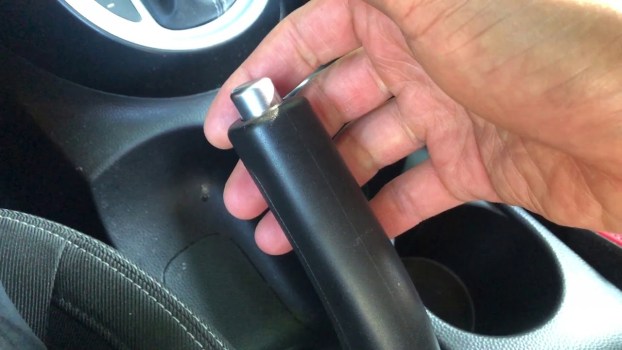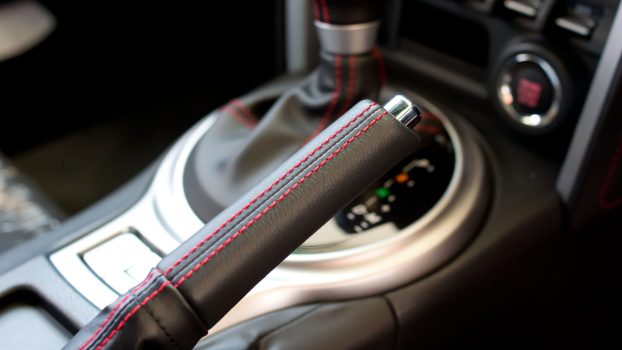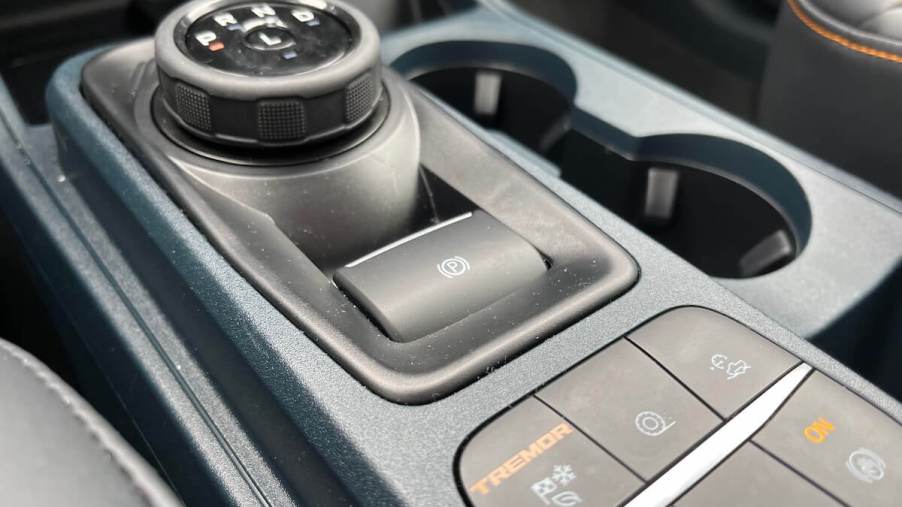
Here Is What You Should Know About Electronic Parking Brake Issues
Most cars today have an electronic parking brake, which is a high-tech alternative to the classic lever that can be found in most cars of the past. And while electronic parking brakes save some interior space and operate just as efficiently as their manual counterparts, they can have issues. Let’s take a closer look at what an electronic parking brake is and some of its common problems.
How does an electronic parking brake work?
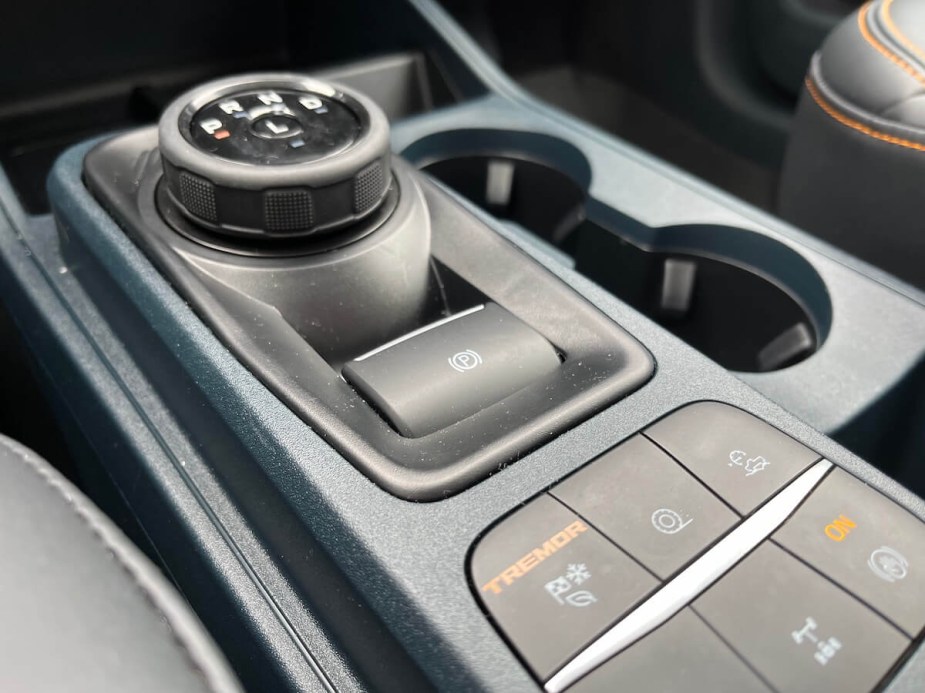
An electronic parking brake consists of a control unit and a button to activate the parking brake system. When the parking brake is activated, the brake pads clamp up and stop the car from moving. When the system is deactivated, they release.
According to Leasys, “there are actually two different types of the electronic handbrake, one with hybrid technology and one full electric.” With the hybrid brake, an electronic motor provides the function of the aforementioned classic physical lever, which activates the manual-style cables and electronics.
On the other hand, the full electric handbrake has two motors connecting to the brake calipers. This system exerts more brake force, but it’s more complex.
How do you use the electronic parking brake?
Instead of having a lever in the car to activate the parking brake, there is simply a button on the center console that you can push and pull. Typically, pulling the button activates the parking brake system, while pushing on it deactivates it.
The advantages of having an electronic parking brake include more space in the center console area and enhanced safety. Without the lever, vehicle designers can find other ways to utilize the space that it usually takes up. Additionally, some vehicles don’t allow you to start driving until the electronic parking brake is deactivated and the electronics are not subject to freezing temperatures and wear.
The most common electronic parking brake problems
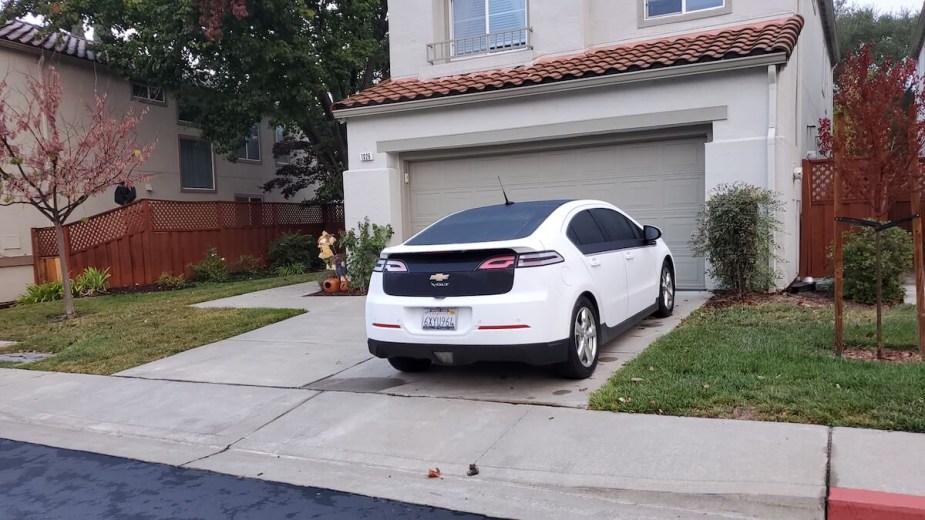
As ingenious as the electronic parking brake is, it can have problems. Here are a few of the most common issues car owners may run into:
- Locked handbrake: This can typically happen when the car’s battery dies or after a breakdown. The issue mostly stems from no power going to the control unit, which won’t let the brake be deactivated. On some vehicles, there is a manual release system to override the issue.
- Brake cables may shatter
- Rusty parking brake wires
- An electrical issue makes the controller inoperable
As you can see, there are a few reasons why a car’s electronic parking brake can stop working. In the event that any of these issues occur, it’s best to have the car inspected by a qualified mechanic. Electronic systems can be tricky, and a mechanic should have all of the proper tools to diagnose and discover any issues with an electronic parking brake system.
The days of automakers putting levers into the car may be almost over, but electronic parking is a great invention. It’s nice not having to remember to pull the lever – although it doesn’t help too much when it comes to drifting.
